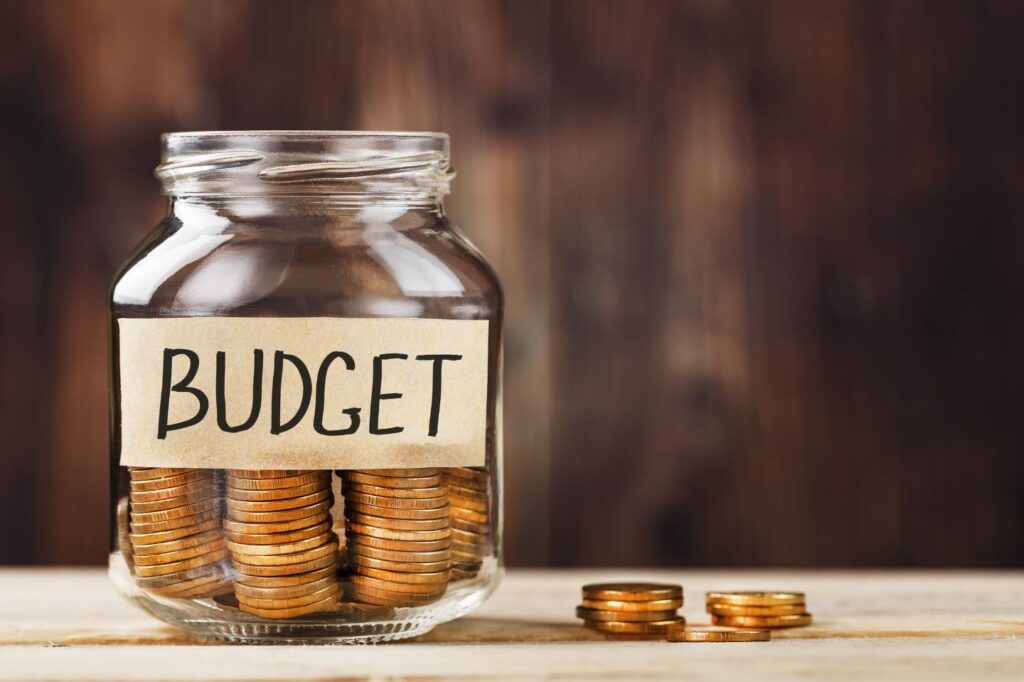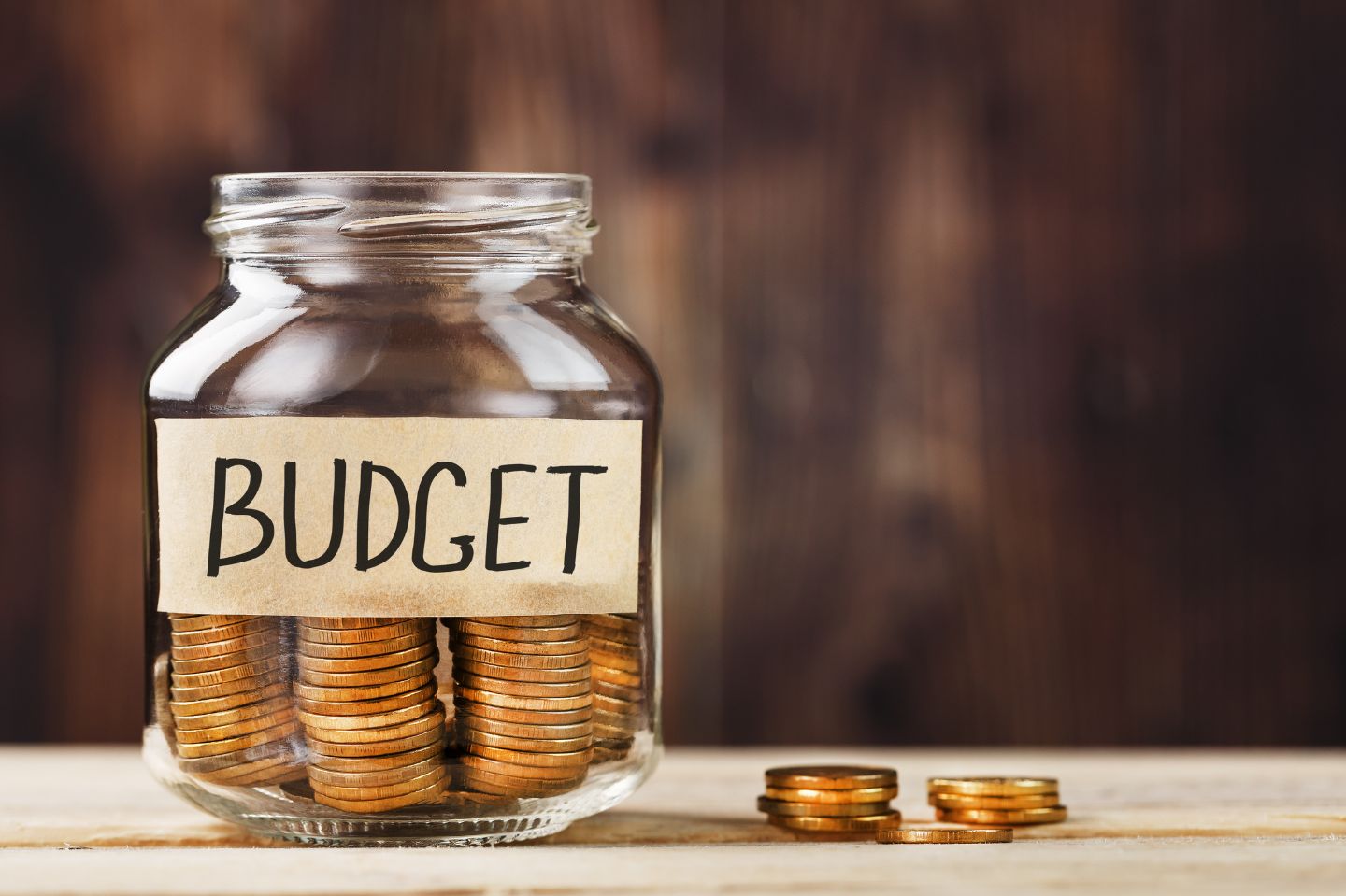Budgeting Made Easy
If you’re like most people, the thought of budgeting can be daunting. But as a financial planning specialist, I’m confident that I can change your mind by the time you finish this article.
First and foremost, budgeting doesn’t have to be complex. Sure, if you’re a Fortune 500 CEO with multiple business structures, a complex tax strategy, and property or active projects in multiple countries, then yes, you’ll need a complex budget with a cash flow forecast. But the odds are, that you’ve hired someone to do that for you.
If you’re not a Fortune 500 CEO just yet, then this article is for you! Even if you only earn $1,000 or $2,000 a month after taxes, you can create a simple yet effective budget that will help you reach your financial goals.
In this article, we’ll focus on building a simple and effective budget system and budget automation. And you will get a FREE Bonus at the end!
Building a simple and effective budget system.

In today’s economy, it’s more important than ever to be able to budget your money effectively. A budget can help you track your income and expenses, make informed financial decisions, and reach your financial goals.
However, most budgeting templates online ask you to enter goals, actual values, projected values, and dates. Does this mean you have to spend an hour or more each month entering these values? Probably. That’s why I don’t like most budgeting templates because I saw our young clients give up after the first few months of entering this data.
The goal is to build healthy financial habits. Habits require repetition. Entering your projections won’t help you, for that, we have cash flow forecasts.
Let’s simply start by entering your actual values, the values in many cases you know by heart. Start with that. As your financial picture becomes more complex, you can add projections and cash flow. But let’s start from the beginning.
Step 1: Choose a budgeting method.
There are many different budgeting methods available, including:
- 50/30/20: 50% needs, 30% wants, 20% savings and debt repayment.
- Envelope system, aka cash stuffing on TikTok: Withdraw cash and allocate it to different spending categories.
- Zero-based budgeting: Allocate all money to expenses and savings, so income – expenditures = 0.
- Custom: Start from your current situation and gradually move towards a desired proportion, such as the 50/30/20 rule.
Choose a method that works best for your lifestyle and financial goals.
Step 2: Calculate your monthly income.
This includes your after-tax, after-401(k) take-home pay from your job, any other income you receive, such as investment dividends, interest income, side hustle earnings, or government benefits, such as child support, alimony, or Social Security payments.
If you are a W-2 employee and bring home $1,000 per month with no other income, then this step is done.
Pro Tip: 401(k) contributions for W-2 employees and self-employed individuals
- W-2 employees: If you already contribute a percentage of your salary to your 401(k) plan, set up an automatic annual increase to your contribution rate.
- Self-employed individuals: Set up a Solo 401(k) plan and make monthly contributions to it as part of your essential expenses.
Step 3: Track your spending.
You can track your spending manually or use a budgeting app or software. Most banks also have free budgeting tools that can break down your spending for you.
It is important to divide your spending into two buckets: essential and nonessential.
Essential expenses are things like housing, food, transportation, debt and healthcare. You can change these expenses, but it will require more effort from you, such as finding cheaper rent, refinancing, spending less on food, or finding a better cell phone plan.
Nonessential expenses are things like entertainment, dining out, and shopping. These are the expenses you need to reduce to stay positive at the end of the month if you are not. If you cannot pay your bills, you should not have a gym membership. Simple as that. You can buy a $8 yoga mat and work out at home. I promise with intention, you can achieve the same result with just a yoga mat.
Pro Tip: Online you can see debt being treated differently by different budgeting templates. If it is a student loan, mortgage or an auto loan (assuming you do need a car to work) then this is your essential expenses that you have to pay otherwise your credit score will go down. Don’t overcomplicate it, it is your essential expense.
Now, credit cards with your Lululemon, late-night Uber charges definitely fall under nonessential expenses.
Now when you know your fixed essential and nonessential expenses , the remaining money is for your “wishful basket” and “your future.” And yes, let’s shift your mindset here a little. A portion of your money should be allocated for wealth building. It can be $5, $50, or $100 today, but we all have to start somewhere.
Step 4: Create a budget.
Once you have a good understanding of your income and spending, you can create a budget. Yes, that’s simple! Let’s take a look at different budget examples with different incomes:
This table shows different income and expense scenarios and can be used to track savings and savings distribution.
Here is the rationale behind this process.
Let’s say you earn $1,000 and spend $890 (=$785 + $105) for your essential and non-essential expenses. Your savings are $110.
The first question you might ask is, “Do I need to break down my expenses?”
- Not really, if you are comfortable with your numbers. But if you don’t know your numbers, it might be helpful to break them down the first time you do this. Once you get more comfortable with tracking your expenses, you can start adding more detail. I see a lot of young people start to track their expenses in great detail, only to lose interest and forget about it the next month. Keep it simple until you want to be more precise and have better control of your money flow.
The second, and most important, question is, “What do I do with my savings?”
- The first thing you need to do is build an emergency fund. Life happens, and when one thing goes wrong, others often follow. For beginner investors, I recommend starting to invest as soon as you can. So, if you save $110 a month, I recommend putting 50% of it into an emergency fund and 50% into investing.
If you don’t have any emergency fund and your emergency expenses happen more often than you’d like, put all 100% into your emergency fund until you feel comfortable switching to a 50/50 split.
How long do I do that?
- Until you have 3 months of expenses saved up. In our example, that’s $890 x 3, or $2,670.
What if I reach my $2,670 goal?
- Great! Now switch your savings percentage from 50/50 to 20/80, with 20% going into your emergency fund until you have 6 months of monthly expenses saved up, and 80% going into investing.
What if I reach 6 months of monthly expenses in my emergency fund?
- You rock! If you are comfortable with this number, stop contributing to your emergency fund and dedicate 100% of your savings to investing. Six months is the standard recommendation, but no one knows your situation better than you and your financial advisor, so you may need to save more or less, depending on your circumstances.
Pro Tip: Once you have enough money in your emergency fund, you can start saving for other goals, such as a trip or a down payment on a house. Simply switch the emergency fund part of the split to your new goal. But it’s important to have an emergency fund first, in case something unexpected happens. Saving for a bigger goal without an emergency fund can be risky, because you may have to use the money you’ve saved if you have an emergency.
Life is not perfect. Some months, you won’t be able to save $110. That’s okay. Just keep using the same formula, regardless of how much you save that month. One day, you will be able to save more in one month than you did in the previous one. Life is messy; we adjust.
In the picture above you can see the same rationale for scenarios where you earn $2,000, $3,000, $4,000, and $5,000. As you get more comfortable with the tracking process you can start to add a more complex breakdown to your budget. This way you can shift things around and make sure you optimize your spending.
Step 5: Budget Automatization.
Personally, I don’t like cash or going to the bank, or making manual transfers each month. I value my time, and I suggest you use yours to increase your skill set, your well-being, etc. So let’s automate our budgeting.
Items like rent, utilities, gym memberships, and debt payments can all be set up to recur each month. Make sure your bank doesn’t charge you anything for this service. If it does, find another bank.
Once all your automatic payment requests are in, you’ll be left with whatever was in your checking account before, plus the amount you saved that month. You can schedule 50% of the saved amount to automatically transfer to your savings account. This will fund your emergency fund.
In many cases, you can just keep accumulating this money in your checking account if you have a strong will and won’t touch it.
Pro Tip: In the current environment, if your emergency fund has a value over $1,000, it might be a good option to put this money in a quickly accessible high-yield savings account or Treasury Bills. I prefer Treasuries because you pay less taxes and get higher interest rates. But this can be confusing if you don’t have a financial advisor. With a high-yield savings account, please make sure your bank does not lock your money for 6 months or a year. This is your emergency fund and you should be able to access it within 3 business days.
The other 50% can be automatically transferred to your brokerage account, whether it’s a platform like Robinhood or a platform your financial advisor uses. If you have a financial advisor, they’ll take care of the rest. If you don’t, you can set up an automatic investment process as well.
Pro Tip: I strongly recommend that you find a financial advisor to help you create your first investment model. Don’t waste your money on trial and error. Many financial advisors charge per hour or a fixed fee to help you build an investment model tailored for you.
Step 6: Review your budget regularly.
Your financial situation can change over time, so it’s important to review your budget regularly and make adjustments as needed. If your spending is simple and fixed, you can simply do this in your head. But if you like more structure and organization, you can build a simple budget spreadsheet as per the example above or use our NewGen Wealth Creation’s simple budget spreadsheet – This is your FREE bonus!
Have fun with budgeting!
Written by Natalia Ivanova
Founder and CEO, Financial Planning Specialist at NewGen Wealth Creation | Former Financial Advisor at Morgan Stanley









